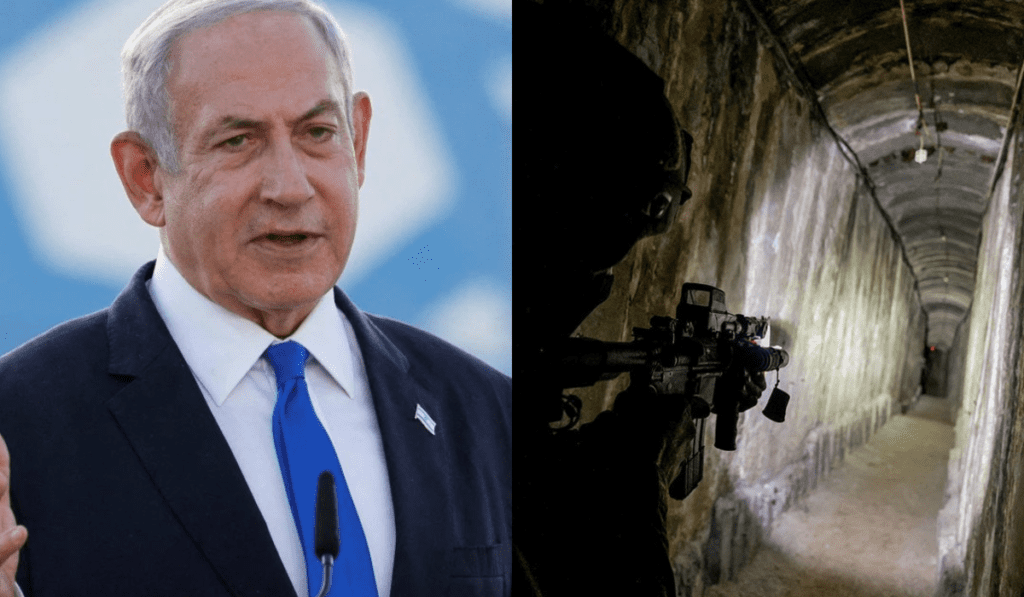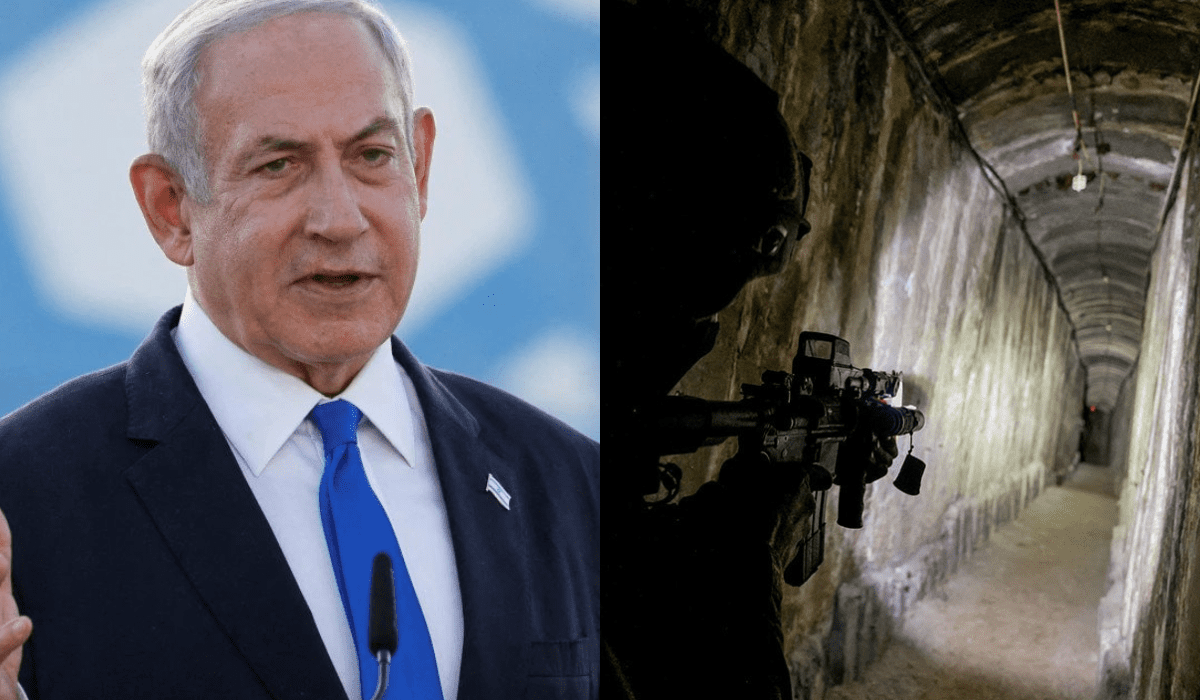- Homepage
- European countries
- “Israeli Forces Flood Hamas Tunnels: Navigating Conflict and Diplomacy”
“Israeli Forces Flood Hamas Tunnels: Navigating Conflict and Diplomacy”
In a strategic move, Israel has confirmed the initiation of a unique operation against Hamas by flooding its extensive tunnel network with seawater. This bold move comes after accusing the Palestinian group of turning hospitals and medical facilities into command centers for their operations.
Table of Contents
ToggleThe Underground Maze: Hamas’ “Gaza Metro”
The vast network, aptly named the “Gaza metro,” encompasses around 1,300 tunnels, spanning approximately 500 kilometers within the Gaza Strip. Israel aims to dismantle this labyrinth, which it claims is used by Hamas to launch attacks on its territory. The Israeli military has taken a firm stance, vowing to destroy this tunnel system to curb Hamas’ air, land, and sea capabilities.
Unconventional Tactics Raise Concerns
While the Israeli forces assert that they are flooding the tunnels without damaging the area’s groundwater, critics are skeptical about the effectiveness and potential consequences of such tactics. Using seawater pumped from the Mediterranean, experts argue that this approach could render the enclave uninhabitable.
UN’s Concerns: Fragile Infrastructure at Risk
The UN’s humanitarian coordinator for Palestinian territories, Lynn Hastings, voiced her concerns in December, warning that this strategy could cause severe damage to Gaza’s already fragile water and sewage infrastructure. The increased pressure and infiltration of seawater could lead to the collapse of buildings and roads, posing a significant risk to the well-being of the region’s inhabitants.
Israel’s Defense: Strategic Precision in Flooding
In response to these concerns, the Israeli forces claim to have found a method to flood the tunnels without damaging the region’s groundwater. They assert that the pumping of water is carried out selectively in tunnel routes and suitable locations. The Israeli Army emphasizes that this flooding technique is part of a broader set of capabilities developed to counter Hamas’ underground infrastructure in Gaza.

International Talks: Seeking Resolution Amidst Conflict
In the midst of this military operation, diplomatic efforts are underway. A recent four-way meeting involving the US, Israel, Qatar, and Egypt took place in Europe. The focus of these discussions is a potential deal proposed in Paris, suggesting the release of all Israeli hostages held by Hamas in exchange for a two-month ceasefire. Although termed “constructive” by the Israeli Prime Minister’s office, significant gaps remain, requiring further negotiations in subsequent meetings.
Israeli Military Confirms It Has Begun Flooding Hamas Tunnels https://t.co/DkrNJoAQrR
— Alex C 🏳️🌈🇮🇱 (@Bronx2216) January 31, 2024
Humanitarian Impact: Balancing Security and Well-being
As the conflict unfolds, it becomes crucial to strike a balance between national security and the well-being of the civilian population. The unconventional flooding tactic raises ethical questions about its impact on the daily lives of Gaza’s residents.
Future Prospects: Navigating the Path to Peace
While diplomatic talks continue, the situation remains complex. Navigating the path to peace involves addressing the root causes of the conflict and finding sustainable solutions that ensure the security and prosperity of both Israelis and Palestinians. The international community plays a pivotal role in fostering dialogue and promoting a resolution that goes beyond temporary ceasefires.
In conclusion, the flooding of Hamas’ tunnels marks a significant development in the ongoing Israeli-Palestinian conflict. Balancing military strategy with humanitarian concerns remains a challenge, emphasizing the need for constructive dialogue and comprehensive solutions.
read more HERE





